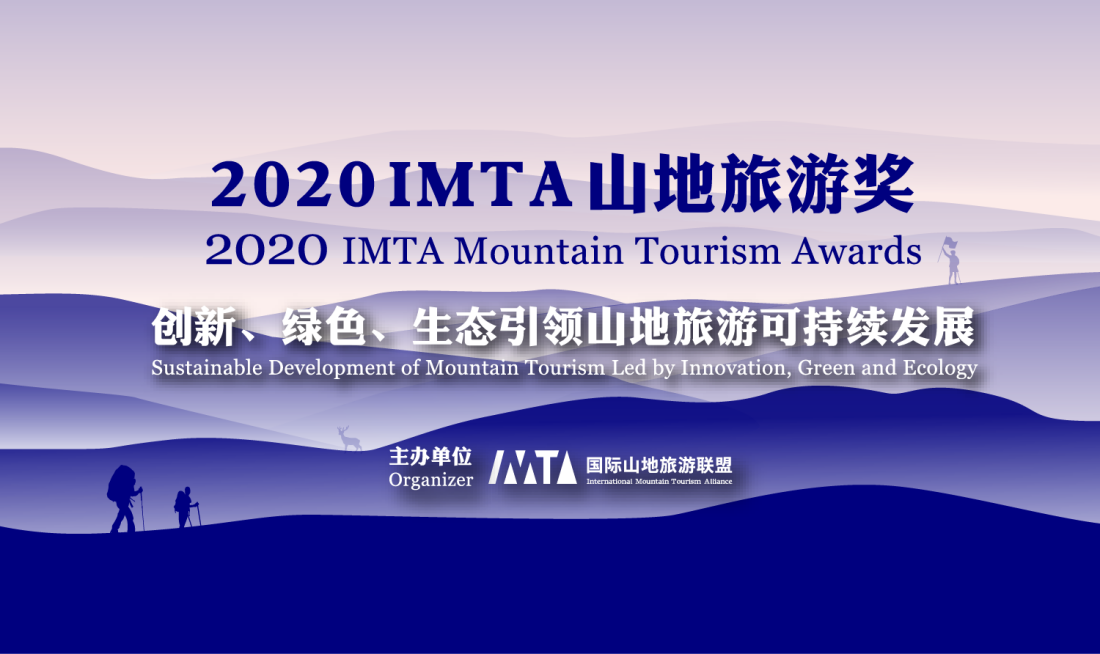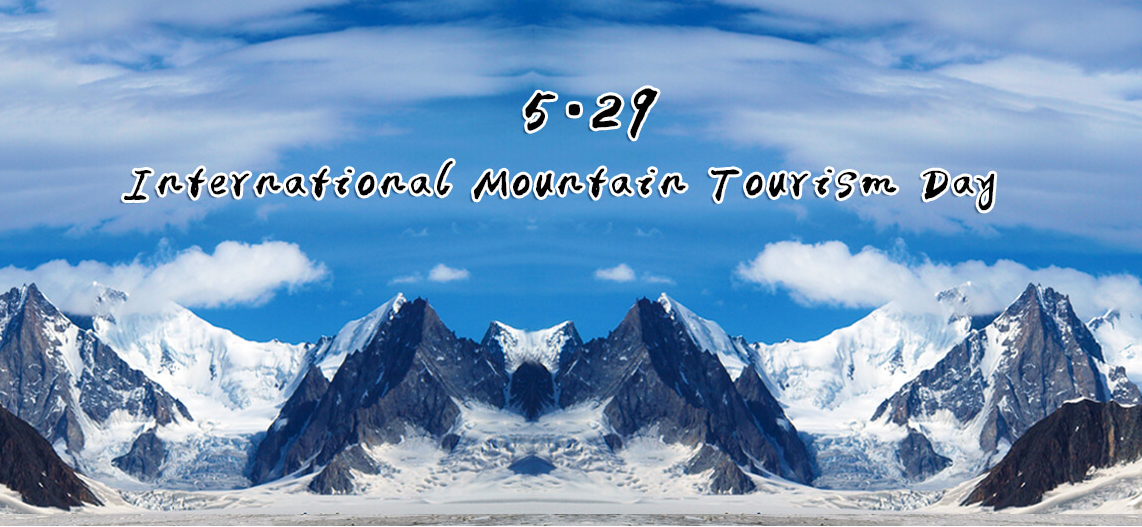China saw a total of 251 million domestic trips and obtained a domestic tourism revenue of nearly 289.2 billion yuan (about $45.46 billion) during the seven-day Spring Festival holiday, according to data released by the country’s Ministry of Culture and Tourism on Feb. 6.
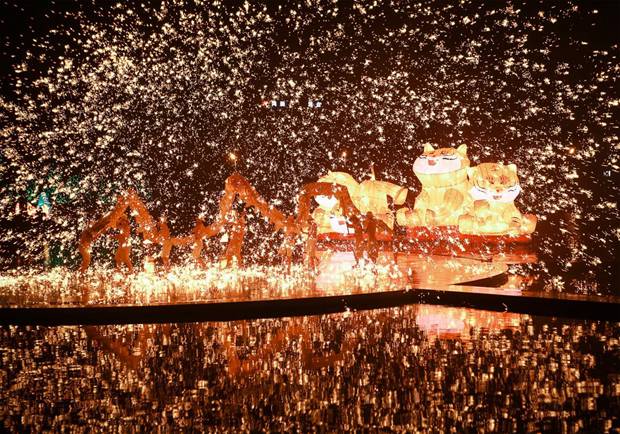
Photo taken on the evening of Feb. 5, 2022 shows performances of folk art Datiehua and fire dragon dance in a park in Wenjiang district, Chengdu city, capital of southwest China’s Sichuan province. (People’s Daily Online/Ai Jiaxian)
The number of domestic trips made during the holiday was 2 percent less than that recorded in the same period of the previous year and represented a recovery of 73.9 percent of the level during the holiday in 2019 on a comparable basis, while the domestic revenue declined by 3.9 percent year on year and recovered to 56.3 percent of the level in the same period in 2019, showed the data.
No major accident occurred in the country’s culture and tourism sector, and the market functioned in a stable and orderly manner during the Spring Festival holiday, said the ministry.
While ensuring strict implementation of epidemic prevention and control measures and safe production, various regions in the country have ramped up efforts to increase the supply of cultural and tourism products and services to enrich people’s holiday life.
Visits to relatives and friends, leisure activities in urban areas, relaxation in the countryside, as well as recreational activities at ice and snow sports facilities were the choices of most people during the Spring Festival holiday.
Road trips, family tours, customized tours for small tourist groups, and trips that integrate experiential learning and intangible cultural heritage were the mainstream of trips during the just concluded holiday.
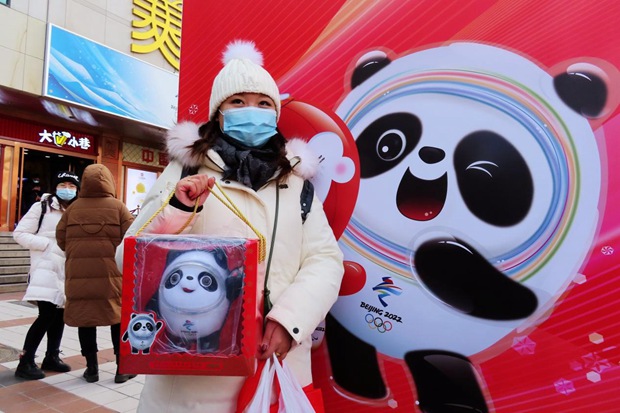
A citizen in Beijing displays her newly bought licensed products of the Beijing 2022 Winter Olympics, Feb. 6, 2022. (People’s Daily Online/He Luqi)
As rural tourism has continued to thrive in the country, many tourists spent the holiday in a specially rented rural house or enjoyed rural homestays during the festival.
Short-distance in-depth travel was particularly popular among Chinese people during the Spring Festival holiday, which has witnessed a growing trend toward high-quality and personalized short-distance tours.
Data showed that the proportions of intra-provincial and inter-provincial tours during the holiday were 78.3 percent and 21.7 percent, respectively.
As more and more people prefer to savor the flavor of Spring Festival in local tourist destinations, a significant increase occurred in the number of short-distance tours of various kinds during the holiday, including road trips, family trips, visits to theme parks, and ice and snow-themed tours.
At the same time, high-quality and personalized tourism services and products related to short-distance leisure trips, such as reservation for tour guide, camping in surrounding areas, car rental for road trips, and photo shoot tour, have better satisfied the demands of tourists during the Spring Festival holiday.
During the holiday, B&B hotels and hot-spring bath at B&B hotels won great favor among tourists on family trips. B&B hotels with detached houses were particularly popular, with renting a detached house in the countryside to spend the Spring Festival coming into fashion in the country.
Data from B&B booking platform Tujia.com showed that the number of orders for detached B&B hotel houses soared about 56 percent year on year during the recently concluded holiday.
In Beijing, it was not easy for tourists to get a room in rural B&B hotels during the holiday, when the number of reservations for rural B&B hotels in the city climbed 1.4 times from the same period in 2021, according to Tujia.com.
Ice and snow-themed activities witnessed fast growth in popularity and became a new highlight of travels during this year’s Spring Festival holiday. Driven by the continuously rising excitement and enthusiasm for the 2022 Olympic and Paralympic Winter Games in Beijing, ice and snow-themed tours featuring winter sports have become trendy among Chinese tourists.
During the seven-day holiday, ice and snow-themed scenic areas logged a 68-percent year-on-year growth in the number of orders, according to data released by online tourism platform Travelgo.com.
Specifically, compared with ice and snow-themed scenic areas featuring sightseeing trips, scenic areas and facilities where tourists can better enjoy winter sports, such as outdoor skating rinks, ski resorts, and ice and snow theme parks, gained more attention from tourists. Skiing has even emerged as one of the top five popular themes of scenic areas during the Spring Festival.
Fourteen high-quality ice and snow sports-themed tourism routes in China’s provincial-level regions including Beijing municipality, Liaoning, Jilin, Zhejiang and Sichuan provinces, and Xinjiang Uygur autonomous region, have benefited skiing, hot spring, intangible cultural heritage, experiential learning, catering, hotel, as well as other forms of business in surrounding areas.
Jinshanling international ski resort in Luanping county, north China’s Hebei province, Harbin Ice and Snow World in Harbin city, northeast China’s Heilongjiang province, and the ski resort in the Tianzhu Mountain scenic area in Qianshan city, east China’s Anhui province, were among the ice and snow-themed tourist attractions in the country that received a large number of tourists during the holiday.
Shennongjia Forestry District in central China’s Hubei province has integrated ice and snow tourism with sports, festival and B&B hotel and developed tourism products that allow tourists to enjoy skiing and snow scenery and stay at B&B hotels during the Spring Festival holiday.
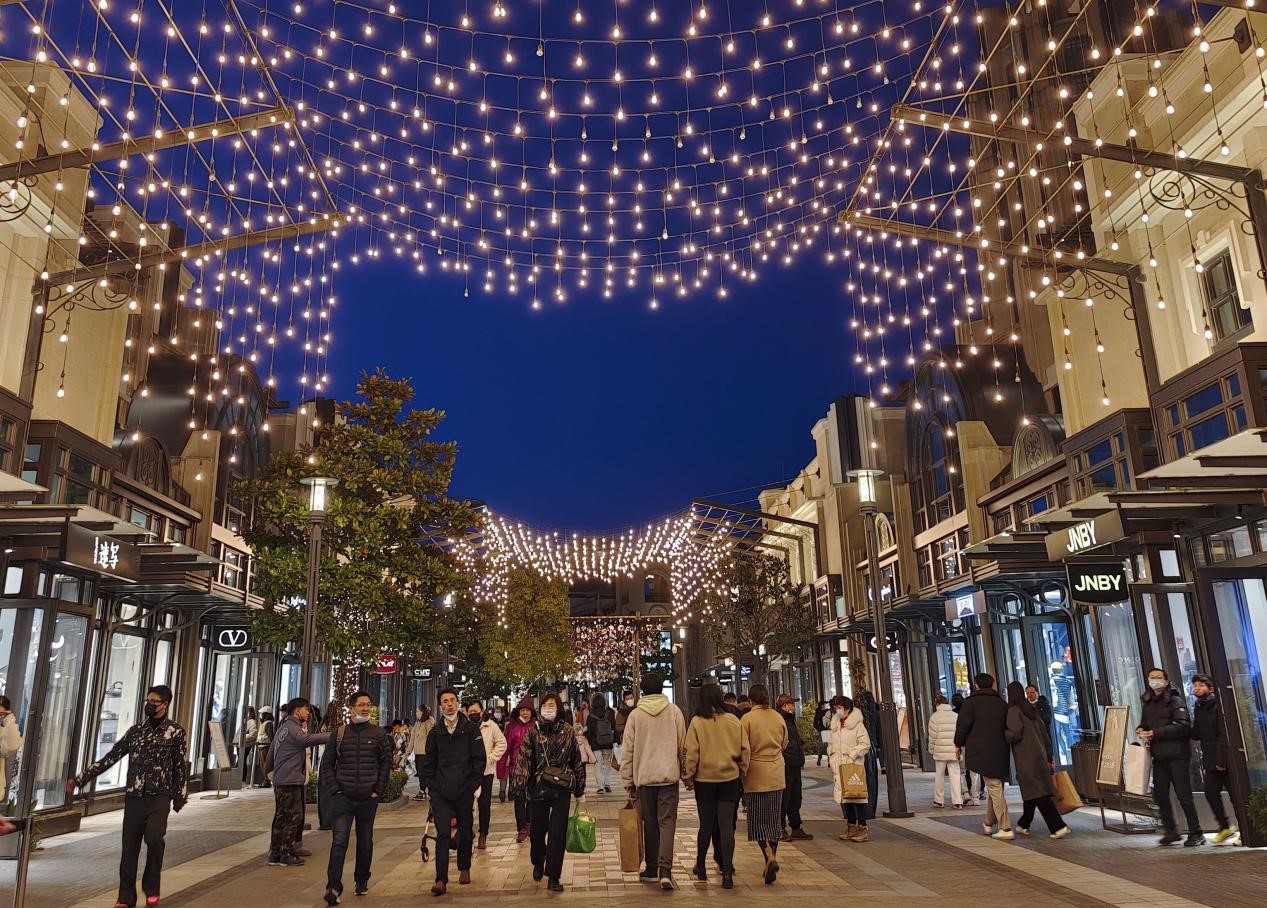
Bicester Village in Shanghai international tourism resort attracts many citizens during the Spring Festival holiday, Feb. 5, 2022. (People’s Daily Online/Wang Chu)
Yuntai Mountain scenic area in Jiaozuo city, central China’s Henan province, which was temporarily closed due to COVID-19 resurgence before the Spring Festival, reopened on the eve of the festival, attracting a good number of tourists who wished to enjoy ice and snow activities at the ski resort near their homes.
While digital technologies brought richer cultural and tourism experiences to tourists, the country’s efforts to promote smart tourism have yielded much more results.
Cultural and tourism authorities at various levels across the country have actively launched colorful online cultural services and activities during the Spring Festival holiday including exhibition, Spring Festival gala, lecture, and performance.
Northwest China’s Shaanxi province provided a series of online cultural activities for citizens during the holiday, while Jinan city, capital of east China’s Shandong province, carried out online activities to help tourists enjoy virtual tours of the city.
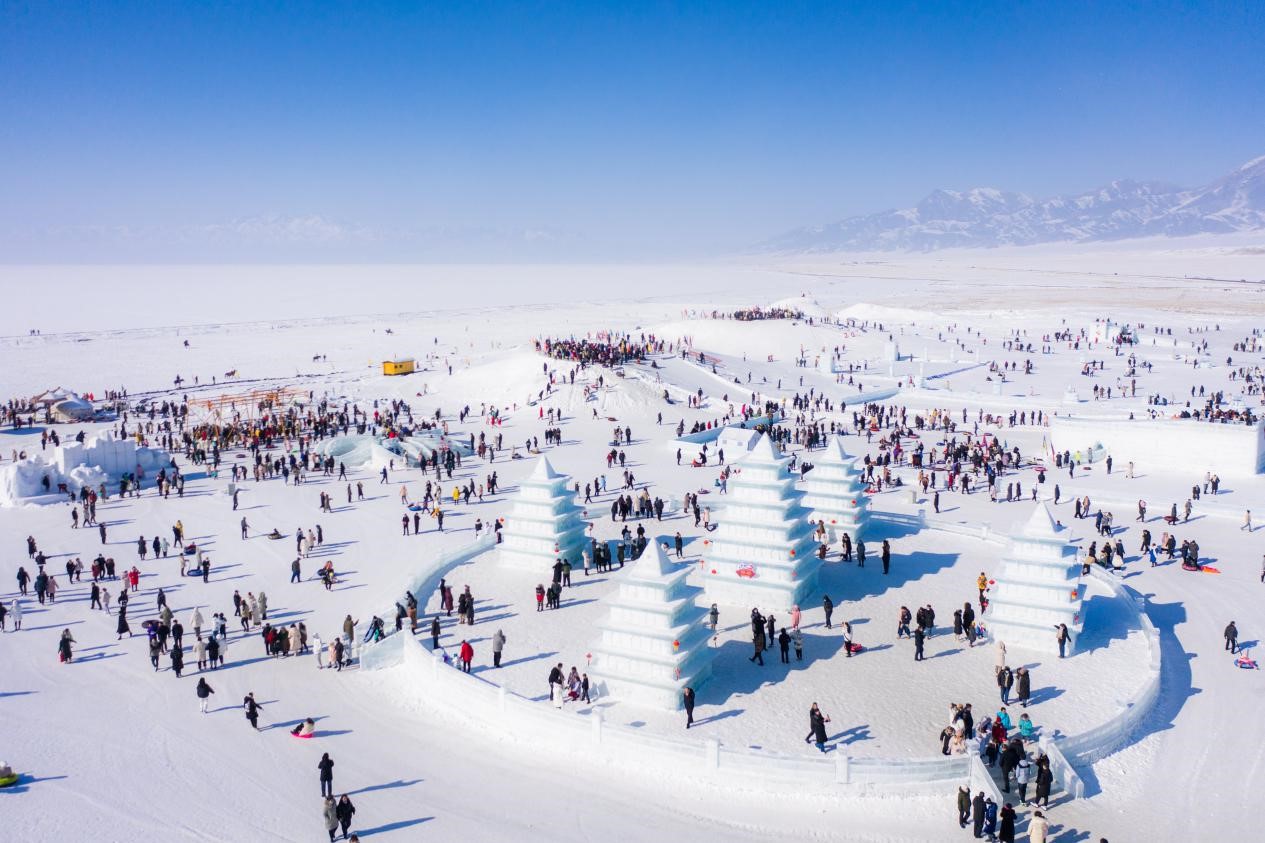
Tourists have fun in Sayram Lake scenic area in northwest China’s Xinjiang Uygur autonomous region, Feb. 5, 2022. (People’s Daily Online/Yusuf Gheni)
In addition, many provincial-level regions in the country, including Shanghai municipality and Hebei, Shanxi, Jiangsu, Guizhou and Yunnan provinces, have enhanced the use of smart tourism technologies to help tourists to acquire information about reservation, cap on the number of visitors, epidemic prevention and control, and management and services via official WeChat accounts of scenic areas and online travel agencies, and leveraged big data to encourage tourists to avoid travel peak times, thus realizing science-based management and control over the number of tourists visiting certain places.




